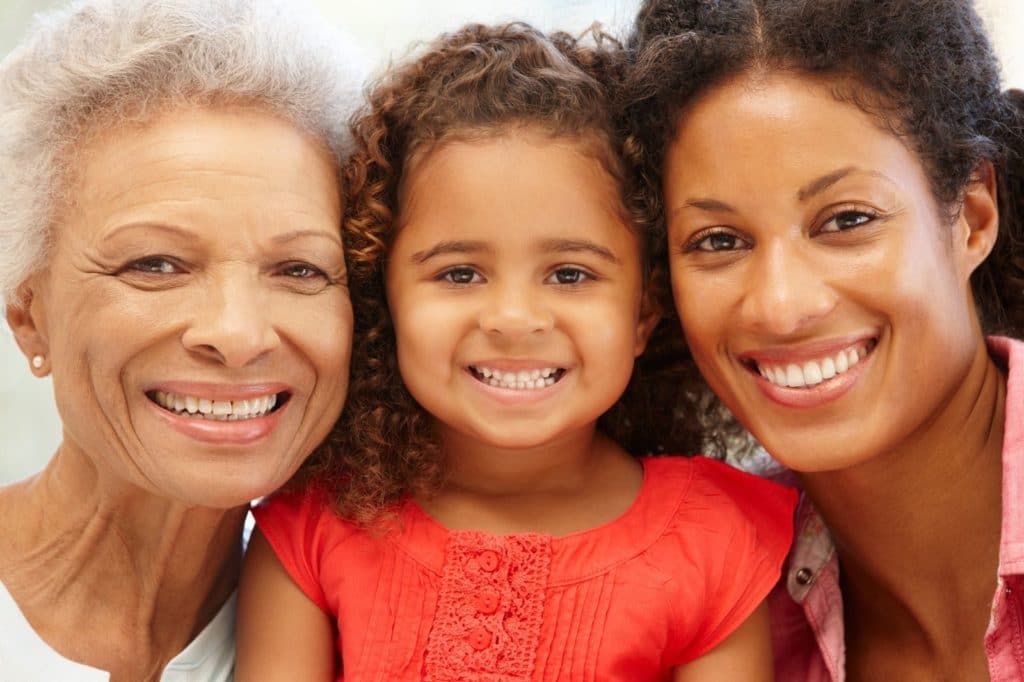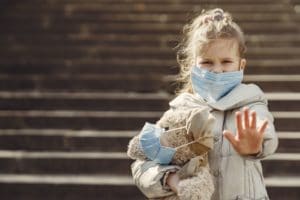Mary N. (name changed to protect privacy) was not the typical student in my first-year college experience. She always came to class early and sat in the back right corner of the classroom where she could see the door and everyone who came in. She was quiet and kept to herself, and she had trouble meeting my eyes when we talked. She was clearly uncomfortable in group work settings, seeming to physically shrink into herself. I concluded that Mary was just shy.
At a Collective Thriving conference I attended at Boise State University that semester, one of my colleagues, Malia Collins, Idaho’s 2020 Writer in Residence and a native Hawaiian, shared a tool called a Story Circle that I adapted for use in my classroom. Story Circles are powerful ways for us to connect with each other as human beings. One of the prompts is this: “Tell me the story of your people.”
When Mary told her people’s story, I suddenly understood. Mary’s mother had escaped the Rwandan genocide in 1994, fleeing soldiers with only the clothes on her back and her eight young children. Four of Mary’s brothers and sisters were too slow and didn’t make it to safety. After many years, Mary’s mother was able to immigrate to the United States as a refugee, resettling in Boise, Idaho, where Mary was born.
In addition to sharing her mother’s story, Mary talked about her own struggles with mental health, her depression and anxiety, and her hypervigilance. She never felt safe. Mary had not experienced her mother’s trauma firsthand, and she described her mother as a kind, caring, giving parent. But Mary was still exhibiting the effects of Post-Traumatic Stress Disorder (PTSD). Mary likely suffered from transgenerational transmission of trauma.
What Is Transgenerational Trauma?
The concept of transgenerational transmission of trauma developed from research on Jewish Holocaust survivors. In fact, two researchers (named Brave Heart and DeBruyn) used Holocaust survivor research to develop a theory of historical trauma that applied to Native American and Indigenous Peoples, describing the negative experiences and poor health outcomes of Native Americans as “a legacy of chronic trauma and unresolved grief across generations.”
Research shows that trauma is shared across generations through a variety of ways, including gene expression, socialization, and psychological disposition. While the source of trauma may be distant, the effects can still be devastating to children.
What Causes Transgenerational Trauma?
In the mid-1900s, when psychologists first observed the symptoms of trauma in children of parents who had experienced it, many turned to attachment theory as a framework to understand how children may show the effects of intergenerational trauma. According to this theory, parents who were themselves the victims of trauma demonstrated poor attachment with their children and perpetuated the cycle.
For example, children of Holocaust survivors who developed PTSD were thought to have this condition because of their parents’ unconscious transmission of their own traumatic experiences, resulting in children who were overly anxious and afraid. But researchers have increasingly rejected the environmental approach to intergenerational trauma and are turning instead to epigenetics, a concept in evolutionary biology that explains how genes are expressed or not expressed. Here’s one definition of epigenetics:
[H]eritable changes in gene expression often occur as a result of environmental stress or major emotional trauma and would then leave certain marks on the chemical coating, or methylation, of the chromosomes. The coating becomes a sort of “memory” of the cell, and since all cells in our body carry this kind of memory, it becomes a constant physical reminder of past events; our own and those of our parents, grandparents, and beyond.
In other words, “the body keeps the score.” The gene expression of parents (and grandparents) who experience severe traumatic events, such as the Rwandan genocide or the Jewish Holocaust, may actually shape the biological expression of genes in their children and grandchildren.
This is a more probable explanation for why parents who experience trauma are more likely to have children with PTSD, even when there’s no apparent cause for the child’s experience of trauma. And a mother’s prenatal experiences of trauma can impact her unborn baby in life-changing ways. For example, one study found that pregnant mothers who lived near the World Trade Center in September 2001 gave birth to babies who had higher stress hormone levels. And in a systematic review of intergenerational trauma in refugee families like Mary’s, researchers found eight studies demonstrating that children of refugees, like children of Holocaust survivors, were more likely to suffer from mental health conditions.
How to Identify Transgenerational Trauma
The signs of transgenerational trauma can be difficult to see, but three things can help you identify if your child may need help:
- A knowledge of vulnerable populations;
- An understanding of common PTSD symptoms in children; and
- A willingness to create a safe space for your child.
In addition to descendants of Holocaust survivors, populations that are vulnerable to transgenerational trauma include refugees, Native Americans and Indigenous Peoples, and descendants of African slaves. Symptoms of PTSD include many of the signs I saw in Mary, including:
- Flashbacks
- Bad dreams
- Frightening thoughts
- Avoiding certain settings or things that may trigger responses
- Being easily startled
- Feeling tense
- Sleep problems
- Angry outbursts
- Negative thoughts about oneself or the world
- Distorted feelings
- Loss of interest in enjoyable activities
- Bed wetting in young children or clinging to caregivers
Encourage a Line of Open Communication With Your Child
With this knowledge, how can you create a safe space for your child? It starts with how you model your own behavior, from inclusive language to inclusive behavior. According to “The Legacy of Trauma,” by Tori DeAngelis, “Addressing present-day traumas like racism that relate to the original trauma is key to helping new generations heal and move on.” Obviously, the context for this type of discussion is age dependent — talking with a high school child will look very different from a discussion with a third-grader — but all children can and should learn to develop pride in themselves and in their cultures.
Encourage open discussion with your child about transgenerational trauma, including cultural differences, racism, historical atrocities, etc. Helping your child to put transgenerational trauma in context can actually help them to overcome many of the challenges they face. If you feel additional help is necessary, consider taking your child to speak with a mental health professional.
After Mary shared her experiences with me, I connected her with our campus mental health services. I also encouraged her to continue writing about her experiences. Now, two years later, she is graduating with an associate’s degree in business and transferring to a four-year university this fall, where she plans to study social work.
Our genes do not determine our destiny. Knowing about the causes and effects of transgenerational trauma can help you help your child develop resilience.










